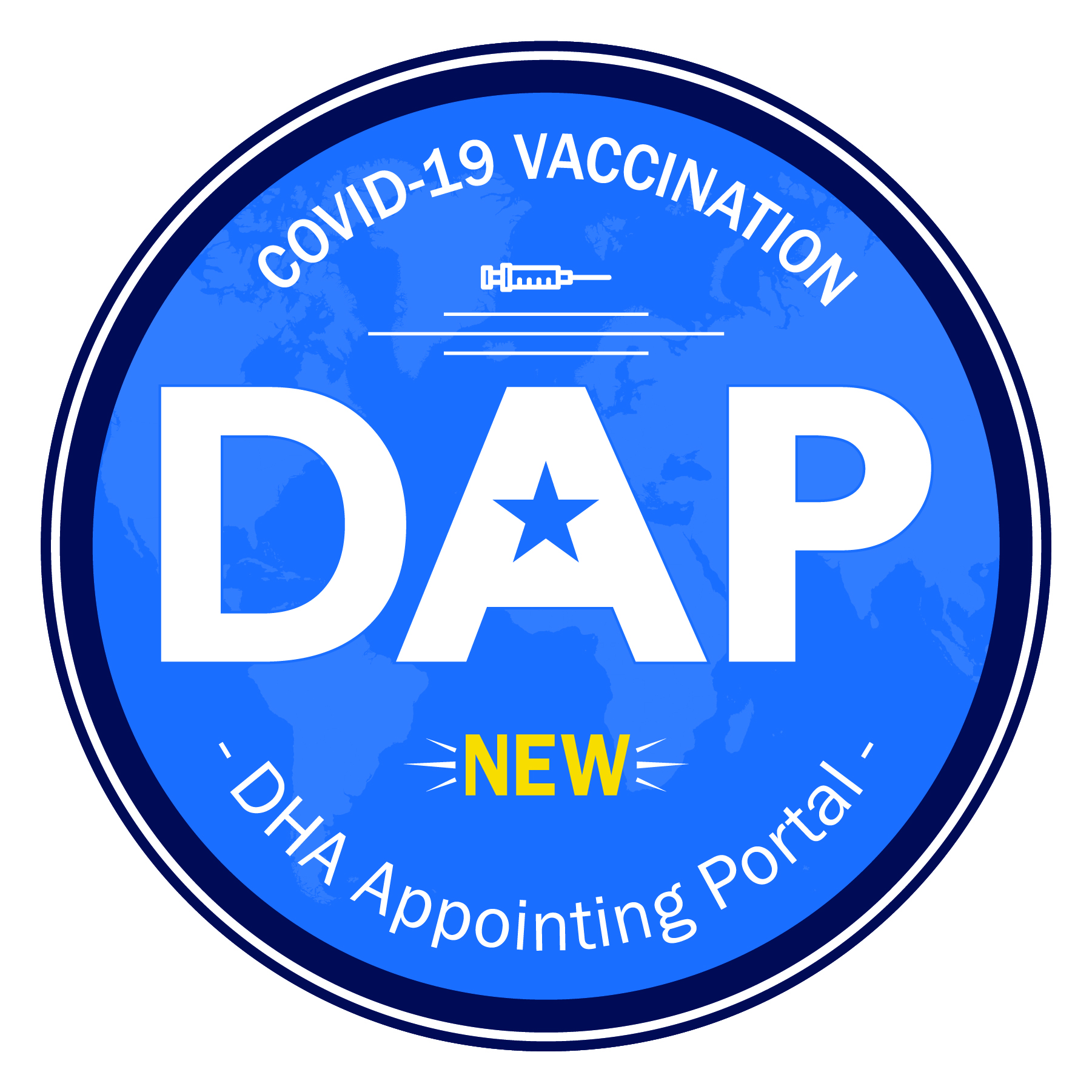DHA Appointing Portal simplifies signing up for COVID-19 vaccination
 An Airman navigates the DHA Appointing Portal to schedule a COVID-19 vaccine at Hanscom Air Force Base, Massachusetts, April 6. The portal allows service members, civilian employees, and TRICARE beneficiaries to schedule vaccine doses at their installation’s vaccination sites (Photo by: Todd Maki, 66th Air Base Group Public Affairs).
An Airman navigates the DHA Appointing Portal to schedule a COVID-19 vaccine at Hanscom Air Force Base, Massachusetts, April 6. The portal allows service members, civilian employees, and TRICARE beneficiaries to schedule vaccine doses at their installation’s vaccination sites (Photo by: Todd Maki, 66th Air Base Group Public Affairs).
When a new online and easy-to-use COVID-19 vaccine appointment portal was launched as a pilot program at 28 military medical treatment facilities last December, the hope was to expand it globally in the first few months of 2021.
That goal is being accomplished, and in the last month, military service members and beneficiaries around the world have been able to quickly and easily make their own COVID-19 vaccination appointments using the tool, called the DHA Appointing Portal (DAP).
"DAP is a simple online tool to help patients schedule the time and date for your COVID-19 vaccine appointment at your closest military hospital or clinic," said Air Force Lt. Col. Regina Tow, project manager, DHA COVID-19 Vaccine Information Technology Planning. "It's accessible from outside the Department of Defense network on any computer, tablet, or smartphone."
The innovation originated at Madigan Army Medical Center, Joint Base Lewis-McChord in Washington state, last year, and after the pilot, it is now "stood up from Landstuhl (Medical Center), Germany, all the way to Korea," said Rick Barnhill, deputy chief medical information officer at Madigan Army Medical Center, JBL-M. Barnhill was quick to credit his lead computer scientist, Scott Evans, with development of the low-cost tool.
Army Maj. Heather Woodruff, chief of the Clinical Systems Support Department for the Directorate of Healthcare Operations at Fort Belvoir Community Hospital in Virginia, was involved with the pilot program.
"Across our Military Health System, one of our biggest constraints was having a good scheduling platform for our beneficiaries and for those (non-military) personnel eligible to receive the COVID-19 vaccine," said Woodruff, DAP's administrator at Fort Belvoir. "We didn't have an appointing center ... and not everybody had access to TRICARE online, so it was really kind of challenging.
 Rick Barnhill, the deputy chief of informatics, sits in front of a screen displaying the COVID-19 vaccination appointment scheduling application that he and his team created at Madigan Army Medical Center on Joint Base Lewis-McChord, Washington, that has been adopted as the scheduler by Defense Health Agency (Photo by: Madigan Army Medical Center Public Affairs).
Rick Barnhill, the deputy chief of informatics, sits in front of a screen displaying the COVID-19 vaccination appointment scheduling application that he and his team created at Madigan Army Medical Center on Joint Base Lewis-McChord, Washington, that has been adopted as the scheduler by Defense Health Agency (Photo by: Madigan Army Medical Center Public Affairs).
Woodruff noted that she and her colleagues were using Excel spreadsheets to fashion together bookings for different agencies, made more complicated by the tiered system of priority for those eligible for the vaccines over the winter.
"What we really needed and what this portal has done is given us the capability to have a non-restrictive appointing platform that can be accessed from any network for patients to schedule," she said. "They don't have to have a (Common Access Card), they don't have to be on a military network. They can do it from their personal computers, their personal Wi-Fi. It has allowed us to maximize patient appointments - getting as many people through the door as we can.
Navy Master Chief Petty Officer Kenneth Puckett, senior enlisted leader at Naval Medical Readiness Training Unit in Groton, Connecticut, said his command was only in the initial weeks of the rollout of DAP, transitioning from the U.S. Fleet Forces mid-Atlantic region's Vaccine Tasking Order process. April 12 was Groton's first full day of use for the portal.
"On our end we did not have any bugs or issues with it," Puckett said. "Any first day jitters were based on communications, like instructions on the greeting page that weren't followed, but nothing inherent to the web site."
Groton capped its doses per day to 100 to start.
The sites are all centrally hosted on servers at Madigan.
"Nobody has to load anything at their hospital, or locally - we have it all here for them," Barnhill said.
 For more information about the DAP, see Schedule Your COVID Vaccine Appointment with DHA Appointing Portal: https://newsroom.tricare.mil/Articles/Article/2570153/schedule-your-covid-vaccine-appointment-with-dha-appointing-portal
For more information about the DAP, see Schedule Your COVID Vaccine Appointment with DHA Appointing Portal: https://newsroom.tricare.mil/Articles/Article/2570153/schedule-your-covid-vaccine-appointment-with-dha-appointing-portal
The sites have unique landing pages that detail eligible patient groups and which vaccine is being used. These vary and are subject to change daily. The Dunham Army Health Clinic in Pennsylvania, for example, recently showed a week-by-week dose eligibility breakdown for April and May. Meanwhile, at seven sites on Okinawa, Japan, vaccines were already available for anyone 18 and over, with no medical condition required.
But the sites are otherwise uniform in their intuitive step-by-step list of pages, which lead the user to a calendar that outlines days with appointments. Once you click on an appointment time, a short questionnaire is filled out and one's request for an appointment is sent to the MTF.
As with any new software platform, the sites have not been without bugs from the admin side. Issues are brought to DHA's attention to work with the developers to make corrections, Woodruff said, adding that she's confident hurdles can be overcome quickly. Even with a few bugs, the portal is an invaluable tool where none existed before, she said.
Since last month, hundreds more sites have been fielded. Use of the system is not mandatory, but if a site chooses not to use DAP, it must use another DHA-approved documentation method. The DHA offers weekly DAP training sessions to demonstrate system functionality and to educate MTFs about system capabilities.
"It's pretty simple, pretty straightforward, easy to get into, easy to book," said Puckett.
The sites will be adaptable for other future uses.
"You can modify this for any immunization or appointment type, so, say for next fall and flu season, you could certainly (schedule) your flu shots through this (portal)," Barnhill explained. "Boosters for COVID vaccinations, we could add that in. School physicals...there's a lot of different things you can do with a web tool like this as far as setting people up for events and care."
The DAP is just one of the available paths to make a vaccine appointment. The Military Health System has several tools to help TRICARE beneficiaries and DOD community members schedule a COVID-19 vaccine appointment.